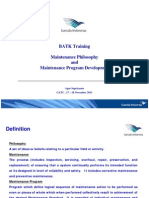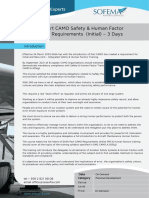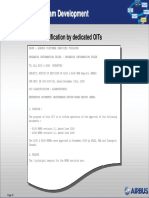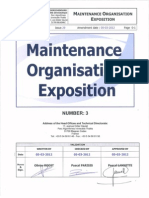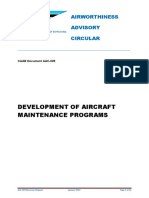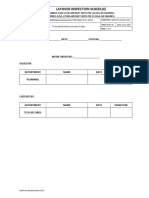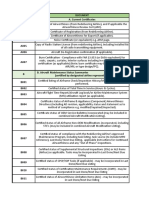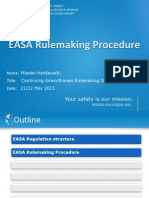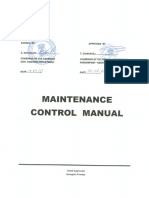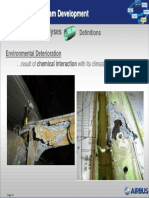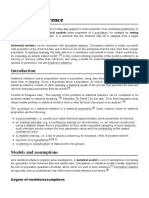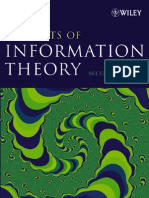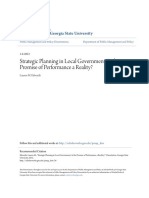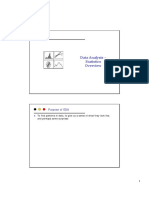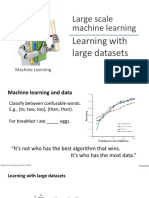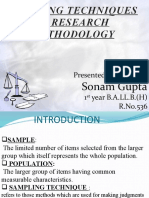0% found this document useful (0 votes)
392 views12 pagesAircraft Maintenance Oversight
The document discusses regulatory oversight functions for aircraft maintenance programs, including quality assurance, quality control, reliability monitoring, and safety programs. It provides details on the Continuing Analysis and Surveillance System used by the FAA to oversee four basic oversight functions. The rest of the document elaborates on these oversight areas through examples and explanations of audit processes, technical record keeping, reliability metrics, and other aspects of maintenance program evaluation.
Uploaded by
Saitama FishCopyright
© © All Rights Reserved
We take content rights seriously. If you suspect this is your content, claim it here.
Available Formats
Download as PDF, TXT or read online on Scribd
0% found this document useful (0 votes)
392 views12 pagesAircraft Maintenance Oversight
The document discusses regulatory oversight functions for aircraft maintenance programs, including quality assurance, quality control, reliability monitoring, and safety programs. It provides details on the Continuing Analysis and Surveillance System used by the FAA to oversee four basic oversight functions. The rest of the document elaborates on these oversight areas through examples and explanations of audit processes, technical record keeping, reliability metrics, and other aspects of maintenance program evaluation.
Uploaded by
Saitama FishCopyright
© © All Rights Reserved
We take content rights seriously. If you suspect this is your content, claim it here.
Available Formats
Download as PDF, TXT or read online on Scribd
/ 12




